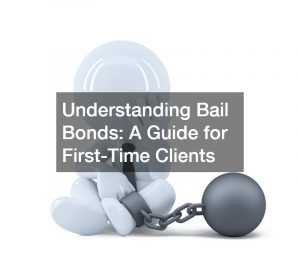- Understanding regulations will help your agency stay informed and prepared for any changes.
- Maintaining good security measures is essential to protecting data and ensuring compliance with clearance regulations.
- Defining roles and responsibilities will ensure everyone has a role in the compliance process.
- Creating a compliance manual will provide guidance for employees on understanding and complying with relevant regulations.
- Utilizing technology can streamline the compliance process and help you detect potential violations more quickly.
Compliance is the cornerstone of a well-functioning local government agency. In today’s world, ensuring that your agency operates within the rules and regulations established by its governing bodies is critical. Compliance is not just a requirement but essential for the agency’s successful operation. This post will discuss the steps a small local government agency can take to ensure its compliance.
1. Understand the Regulations:
To ensure compliance, it is essential to understand and stay updated on the regulations that govern your agency. Your agency should establish a compliance management system to track all relevant laws and ensure all employees know them. Understanding the rules you are subject to is the first step in ensuring compliance.
A sound compliance management system will also help you identify any regulation changes and ensure your agency responds promptly. Keep an eye on any new regulations, and update your strategy accordingly. This will help you stay prepared for any changes in the regulations.

2. Maintain Good Security Measures:
Another key to ensuring compliance is to maintain good security measures. Data handling and storage must be secure, with appropriate levels of access granted to authorized personnel only. This is especially important for any sensitive data your agency stores, such as personal or confidential information.
Of course, you should also keep up with security clearance rules and regulations. All employees should be subject to appropriate vetting procedures, and any access granted should be monitored closely. Working with a security clearance lawyer can help you comply with all relevant laws. They can also help you develop appropriate security measures for your agency.
3. Define Compliance Roles and Responsibilities:
To ensure proper compliance, it is essential to define roles and responsibilities. From the top of the organization to the bottom, everyone should understand their role in ensuring compliance. For example, the agency should have a dedicated compliance officer responsible for implementing and monitoring the compliance management system.
The compliance officer should report to the highest management level and work with different departments to ensure compliance. They should also be responsible for educating employees and regularly auditing the compliance management system. Ensure everyone understands their responsibilities and is aware of any changes in the regulations.
4. Create a Compliance Manual:
Another step to ensure compliance is by creating a compliance manual. The manual should outline the procedures and policies that the agency will use to ensure compliance with regulations. It should provide clear guidance for employees to follow, including the following:
a. What regulations the agency is subject to
Every agency will be subject to different regulations depending on its size, location, and activities. The manual should list all relevant rules the agency is subject to and explain the procedures for complying with each.
b. How to access compliance information
The manual should also explain how employees can access up-to-date compliance information. This might include links to the relevant governing bodies’ official websites and any resources and documents related to compliance.
c. What procedures should be taken if a violation occurs
Some regulations will carry severe penalties if not followed. The manual should explain the procedures to be taken when a potential violation is identified, including how to report it to the appropriate governing body.
d. How to document compliance efforts
Finally, the manual should explain how to document all compliance efforts and activities. This should include regular audits and reviews of the compliance management system.

5. Utilize Technology:
Technology can be a powerful tool in helping to ensure compliance. Automating the compliance process with cloud-based software and mobile apps can help you stay on top of regulation changes and ensure that your agency is always up to date. Integrating automated compliance software with your existing systems can also help to streamline the process and make it easier to document compliance activities.
You may also want to explore more advanced technology, such as artificial intelligence (AI) and machine learning (ML). These technologies can help you detect potential violations and track compliance trends more efficiently.
Ensuring compliance is crucial for small local government agencies. By understanding the regulations, maintaining good security measures, defining roles and responsibilities, creating a compliance manual, and utilizing technology, your agency can ensure that it operates within the bounds of the law. These steps will help you ensure that your agency is compliant and can continue to serve its community effectively. With the right approach and tools, your agency can comply with all relevant regulations.



